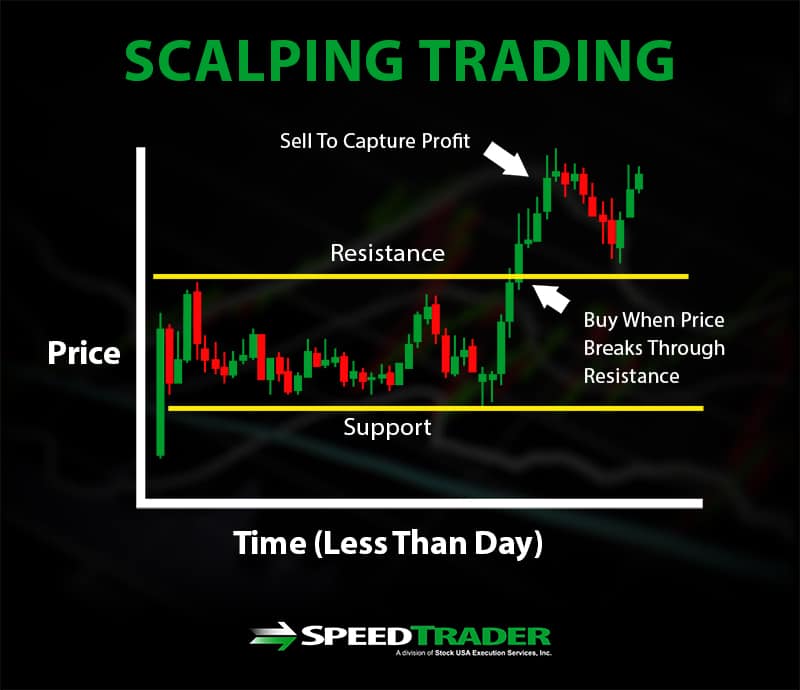Investing can be a great way to grow your wealth, but it’s important to choose the right strategies for your risk tolerance and financial goals. Two popular trading strategies are swing trading and options trading. In this article, we’ll break down the differences between these two strategies so you can decide which one is right for you.

Image: www.pinterest.com
Swing Trading
Swing trading is a trading strategy that involves buying and selling stocks, bonds, or other financial instruments over a period of days or weeks. Swing traders aim to profit from short-term price fluctuations by identifying stocks that are trending up or down.
Swing traders typically use technical analysis to identify trading opportunities. Technical analysis is the study of past price movements to predict future price movements. Swing traders may use a variety of technical indicators, such as moving averages, Bollinger Bands, and Fibonacci retracements, to help them identify potential trading opportunities.
Options Trading
Options trading is a trading strategy that involves buying or selling contracts that give the buyer or seller the right to buy or sell an underlying asset at a specified price on or before a specified date. Options contracts can be used to hedge against risk, speculate on price movements, or generate income.
There are two main types of options contracts: calls and puts. Call options give the buyer the right to buy an underlying asset at a specified price on or before a specified date. Put options give the buyer the right to sell an underlying asset at a specified price on or before a specified date.
Which Strategy Is Right for You?
The best trading strategy for you will depend on your risk tolerance, capital, and investing style. Swing trading is a more traditional trading strategy that involves buying and selling shares of stock. Options trading is a more complex strategy that involves buying or selling options contracts.
If you’re a new trader, it’s important to start with a simple trading strategy and learn as you go. You can start by paper trading to get a feel for the market before you start trading with real money.

Image: optiontradingfortune.com
Tips for Swing Trading
- Use technical analysis to identify trading opportunities. Technical analysis can help you identify trends and potential turning points in the market.
- Manage your risk. Use stop-loss orders to protect your profits and limit your losses.
- Be patient. Swing trading can be a slow process, but it can be very rewarding if you’re patient and disciplined.
Tips for Options Trading
- Start with a simple strategy. Options trading can be complex, so it’s important to start with a simple strategy and learn as you go.
- Understand the risks. Options trading can be risky, so it’s important to understand the risks involved before you start.
- Manage your risk. Use stop-loss orders to protect your profits and limit your losses.
Options Trading Vs Swing Trading

Image: speedtrader.com
FAQ
- Q: Which trading strategy is more profitable?
A: The profitability of a trading strategy depends on a number of factors, including the trader’s skill, the market conditions, and the strategy itself. There is no one-size-fits-all answer to this question. - Q: Which trading strategy is less risky?
A: Swing trading is generally considered to be less risky than options trading. Swing trading involves buying and selling stocks, which are less volatile than options contracts. However, all trading strategies involve some level of risk. - Q: Which trading strategy is more difficult to learn?
A: Options trading is generally considered to be more difficult to learn than swing trading. Options trading involves a number of complex concepts, such as time decay, volatility, and option pricing.
Are you interested in learning more about trading? Check out our other articles on how to trade stocks, how to trade options, and how to trade forex.






